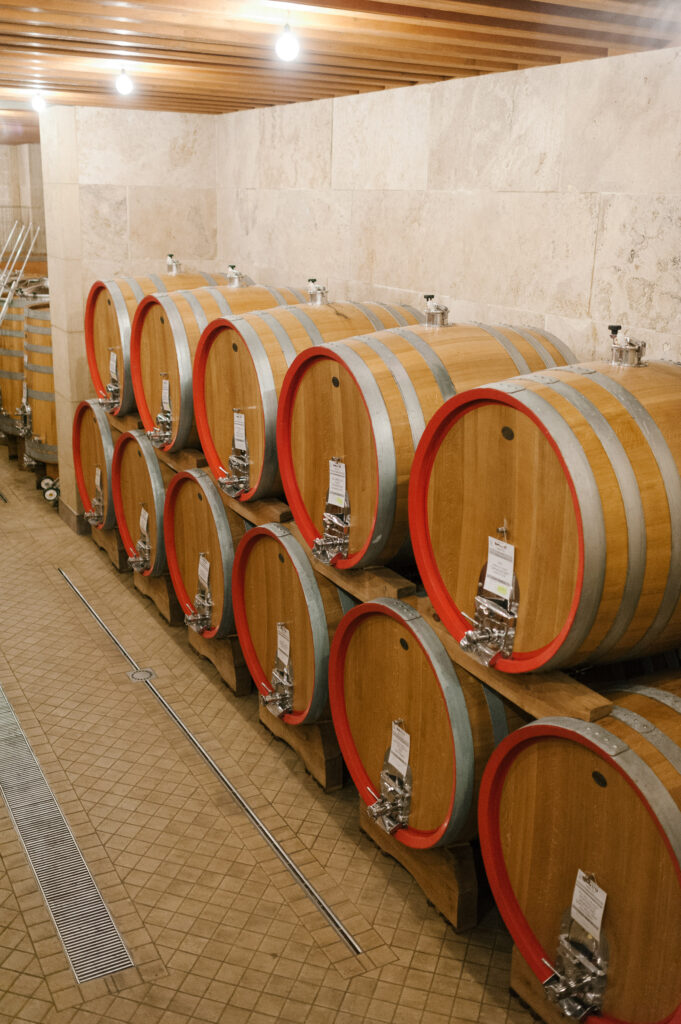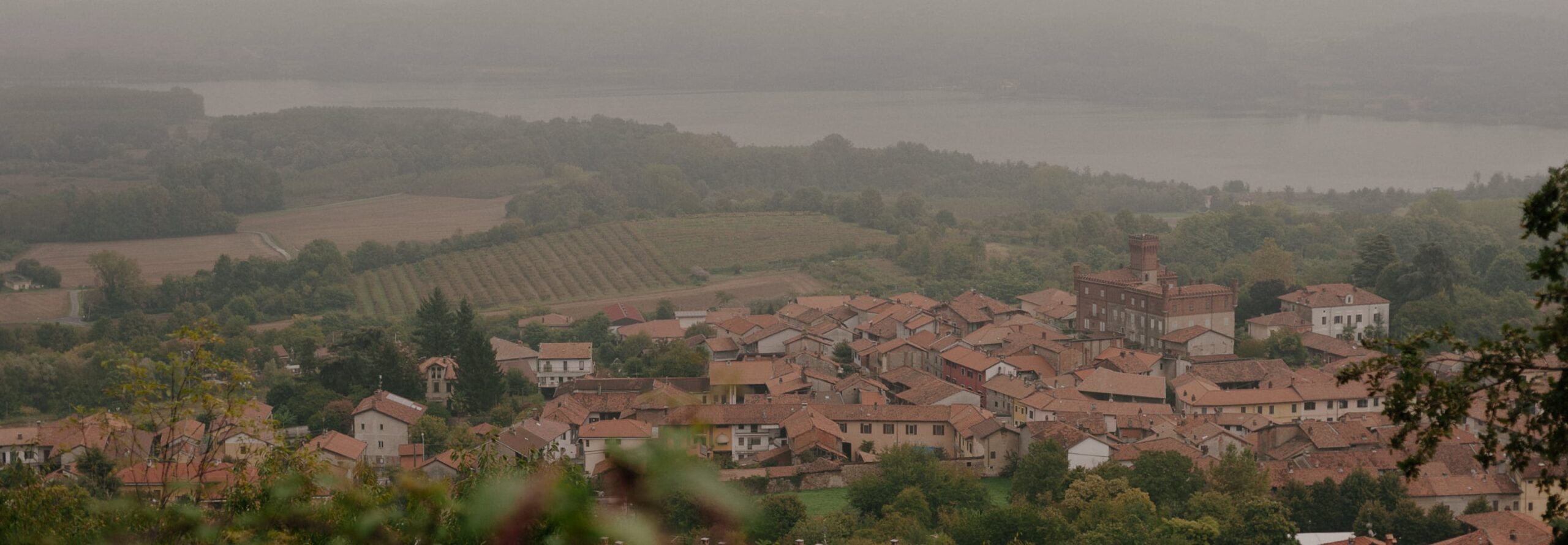References in the archives of Montefalco, the beautiful hill town in Umbria, document the presence of the Bea family in this locality as early as 1500. Azienda Agricola Paolo Bea is a classic Italian fattoria, producing wine, raising farm animals for trade and home consumption, and working the land to produce olives, fruits, and vegetables. At the time Neal began working with the family in the late 1980s, a young and ambitious Giampiero Bea was learning the ropes alongside his father Paolo—a through-and-through farmer with an Umbrian dialect so thick as to be nearly incomprehensible to outsiders. Paolo produced shockingly expressive wines using a bare minimum of technology, and while these staunchly old-school wines were out of step with the modernization-happy Italian trends of the 1980s and 1990s, they resonated deeply with Neal and with our clients—and they continue to do so decades later. Giampiero has long been at the helm of Azienda Agricola Paolo Bea, and his commitment to healthy farming and low-intervention cellar work has made him a pillar in the Italian natural wine community. But it is Paolo’s approach—so bred-in-bone as to seem instinctual—that guides the estate to this day, given voice and definition through Giampiero’s remarkable work.

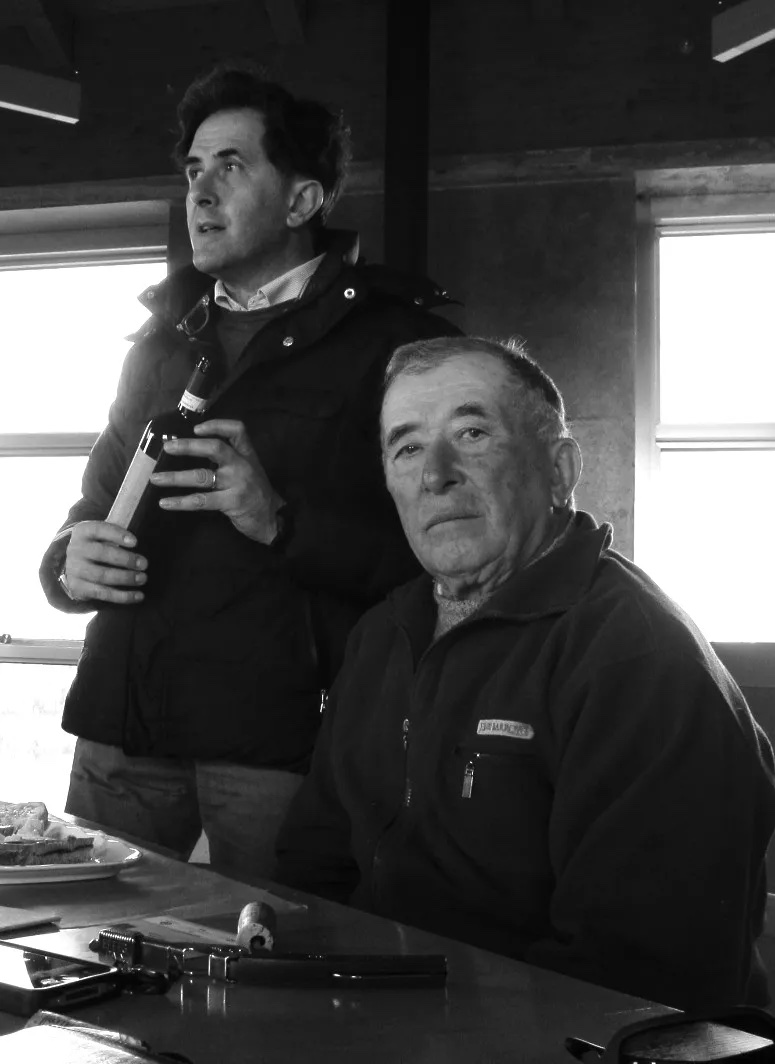
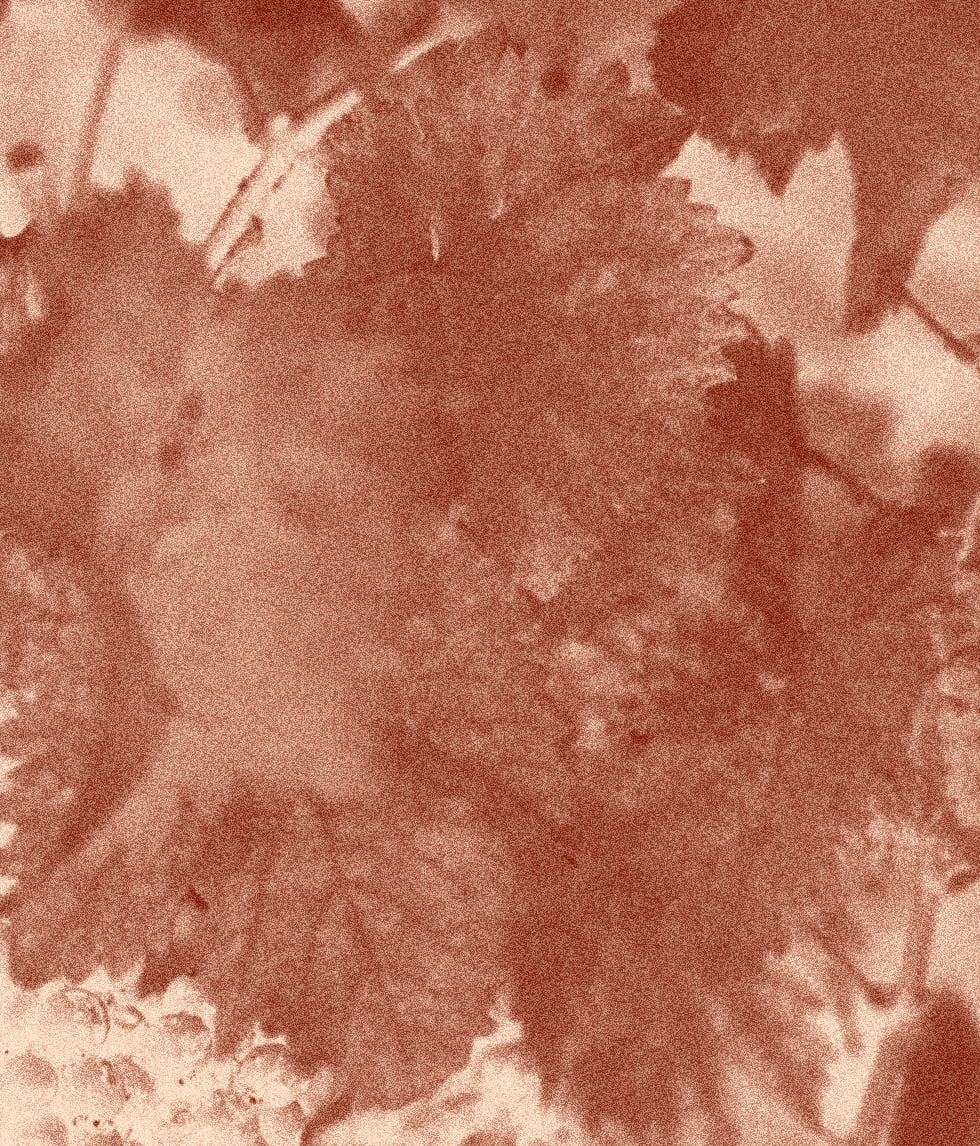
Father and son; Paolo and Giampiero Bea.
Farming
Certified organic, some biodynamic practices
Treatments
Copper-sulfate only, cover crops sown between the vines
Ploughing
Annual ploughing to promote vineyard health
Soils
Limestone-clay and gravels
Vines
Trained in Cordon (Arboreus vines are trained up trees), vines for Pipparello and Cerrete are at least 20 years old. San Valentino vines are 50 years old. Vines for Arboreus and Lapideus are over 80 years old
Yields
Controlled through severe winter pruning and debudding
Harvest
Entirely manual, late September to late October
Sourcing
Entirely estate fruit
Fermentation
After total destemming, wines ferment spontaneously in stainless-steel tanks without temperature control. Cuvaison lasts 35-60 days
Extraction
Red wines see punchdowns during fermentation
Chaptalization
None
Pressing
Vertical basket press
Malolactic Fermentation
Spontaneous, following alcoholic fermentation
Élevage
Wines age between 12 months and 5 years in stainless-steel tanks and large Slavonian oak botti
Extraction
Wines remain on their fine lees until assemblage prior to bottling
Chaptalization
All wines are unfined and unfiltered
Pressing
Applied only at bottling if necessary, with 40-55 mg/l total sulfur
The Bea family at home in Montefalco.
Optional caption text here lorem ipsum
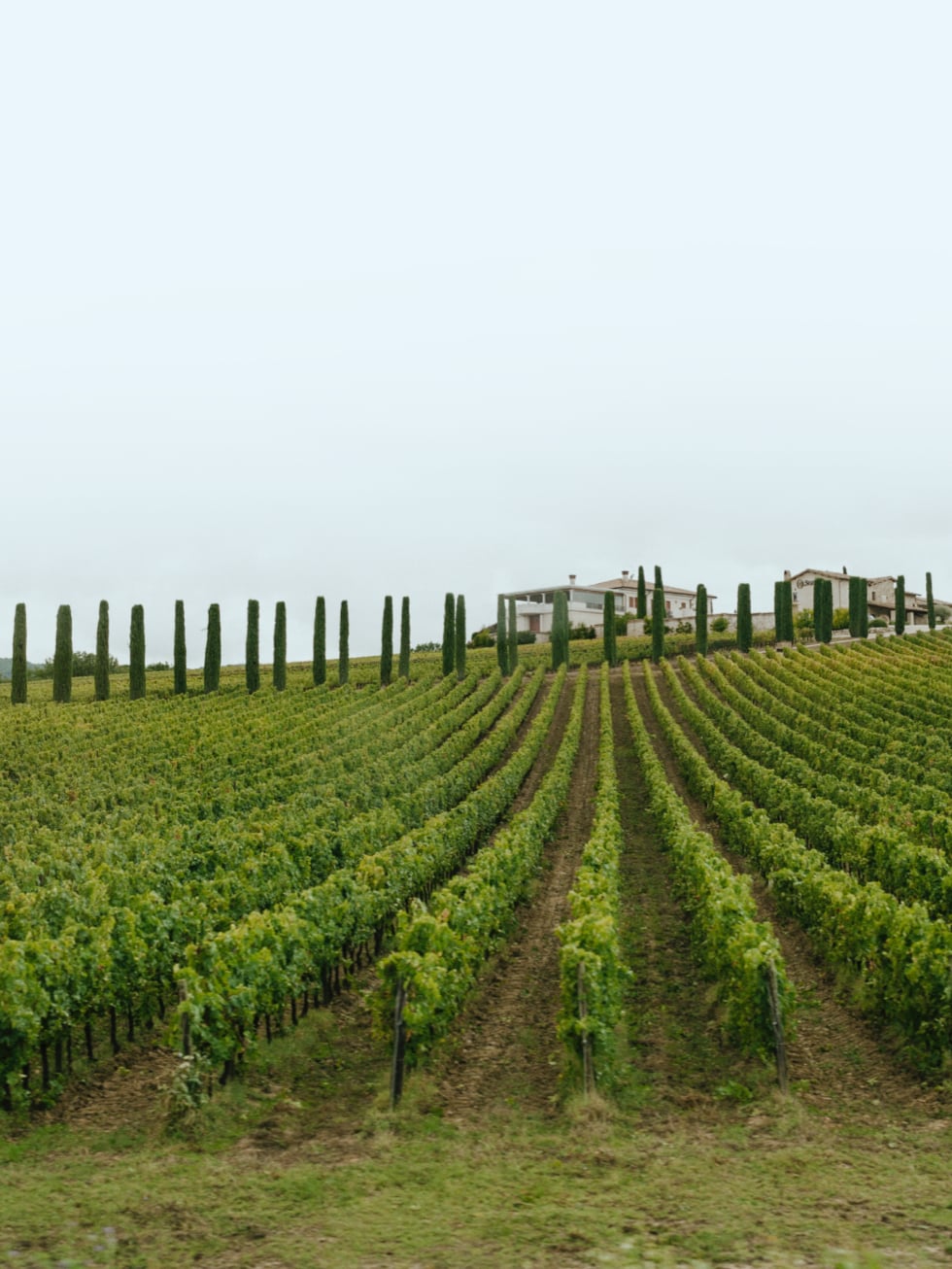
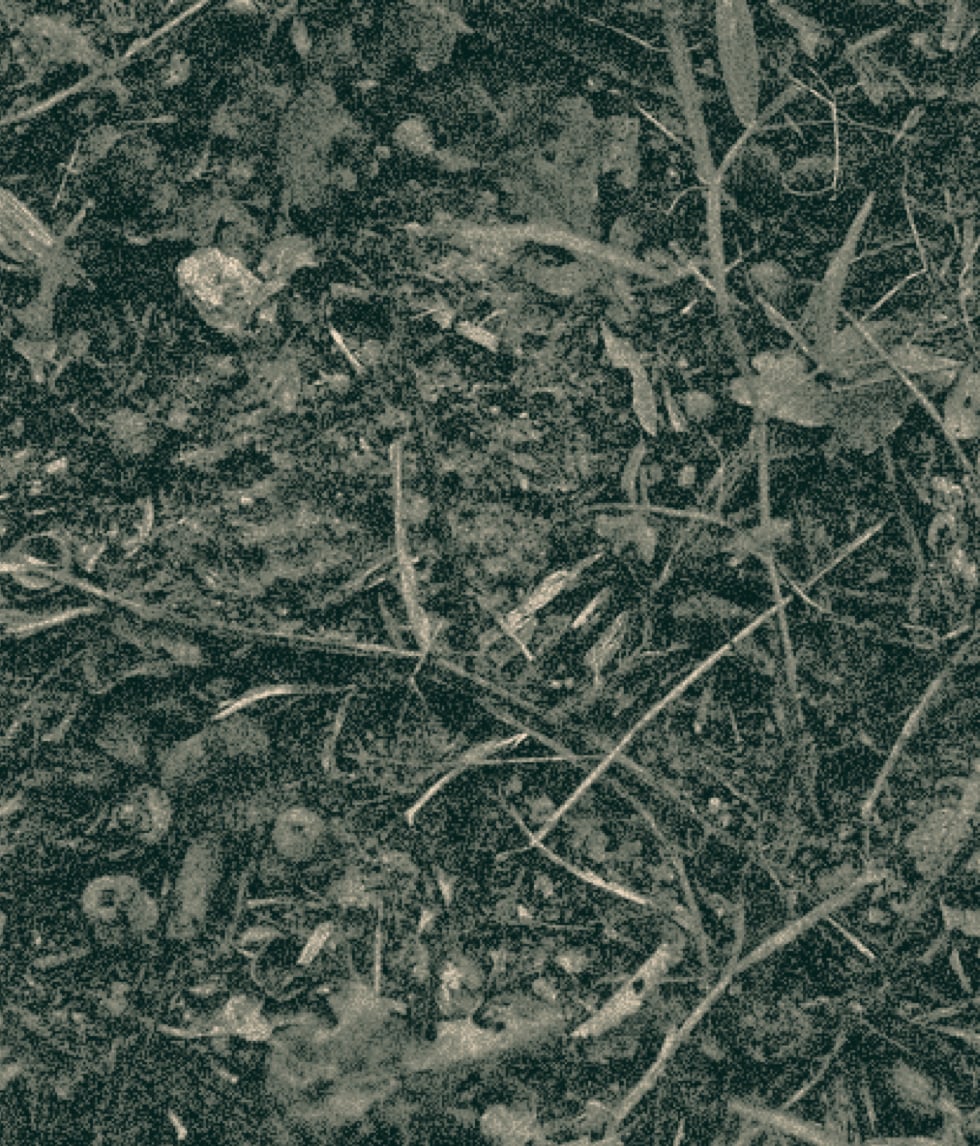
The vineyards are cultivated organically, all grapes are harvested manually and all wines are bottled without fining or filtration.
The entire property encompasses 15 hectares: 5 of which are dedicated to the vineyards, 2 to olives, and the remainder to the fruits, vegetables and grains that are grown. Sagrantino is the predominant grape, covering 60% of the vineyard surface. The remaining 40% is planted to Sangiovese and Montepulciano, with a small parcel planted to several white varieties. The vineyards are cultivated organically, all grapes are harvested manually and all wines are bottled without fining or filtration.
